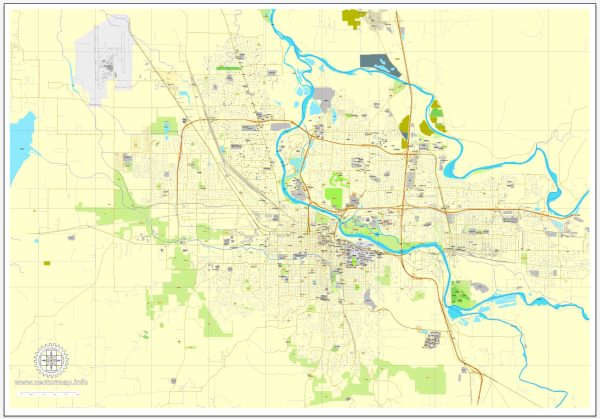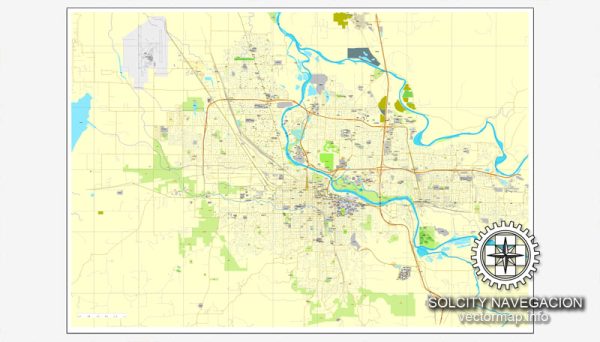Eugene, Oregon, has a rich history of urban development that reflects the city’s growth, changing demographics, and commitment to sustainability. Please note that developments after this date are not included in my response.
- Early Settlement (19th Century):
- Eugene was settled in the mid-19th century, initially known as Skinner’s Mudhole after its founder, Eugene Skinner.
- The city’s early development was influenced by the timber industry and agriculture.
- Railroad Expansion:
- The arrival of the railroad in the 1870s played a crucial role in Eugene’s growth, facilitating the transportation of goods and people.
- University of Oregon:
- The establishment of the University of Oregon in 1876 contributed significantly to Eugene’s development. The university has since become a central part of the city’s identity and a major economic and cultural driver.
- 20th Century Growth:
- The mid-20th century saw suburbanization trends and the expansion of the city limits.
- The construction of Interstate 5 in the 1960s improved transportation and accessibility, further influencing the city’s expansion.
- Hippie and Counterculture Influence:
- In the 1960s and 1970s, Eugene gained a reputation as a hub for counterculture and the hippie movement, attracting individuals interested in alternative lifestyles.
- Environmental Consciousness:
- Eugene has long been associated with environmental consciousness and sustainability. The city has implemented various policies and initiatives to promote green practices and preserve natural resources.
- Economic Diversification:
- The city has worked to diversify its economy beyond traditional industries like timber. Technology, healthcare, and education have become increasingly important sectors.
- Bike-Friendly and Walkable City:
- Eugene has invested in creating a bike-friendly and walkable urban environment, promoting alternative transportation methods and reducing reliance on cars.
- Cultural and Arts Scene:
- Over the years, Eugene has developed a vibrant cultural and arts scene, with theaters, galleries, and events contributing to the city’s cultural identity.
- Urban Renewal Projects:
- Urban renewal projects, such as the redevelopment of the downtown area and riverfront, have aimed to revitalize key parts of the city and enhance the quality of life for residents.
- Population Growth:
- The city has experienced steady population growth, attracting residents with its quality of life, natural beauty, and cultural amenities.
- Challenges and Opportunities:
- Like many cities, Eugene faces challenges related to housing, transportation, and balancing growth with environmental sustainability. Efforts are ongoing to address these issues and plan for a sustainable future.



 Author: Kirill Shrayber, Ph.D.
Author: Kirill Shrayber, Ph.D.